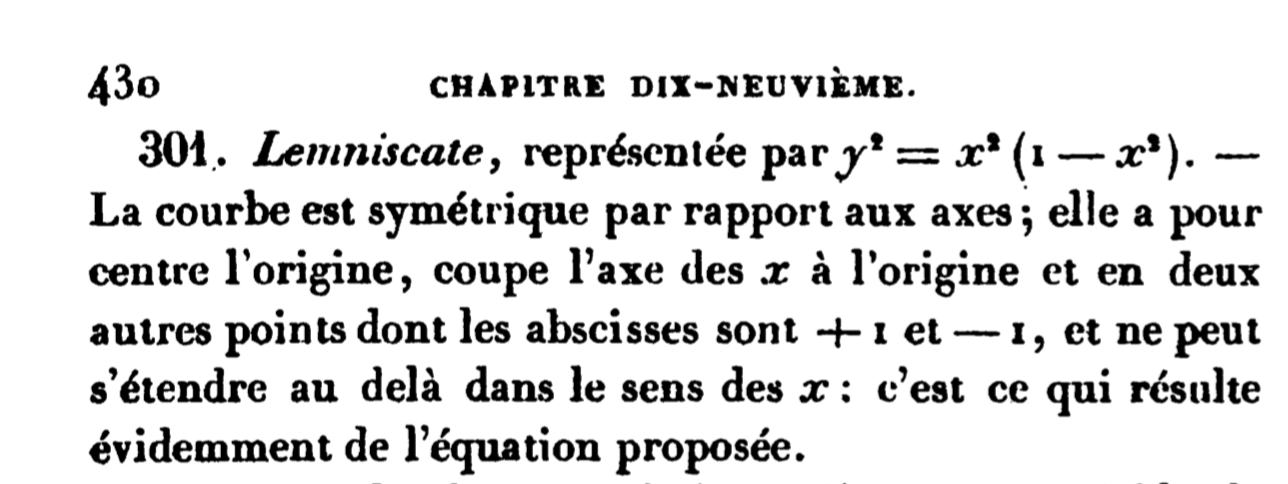The lemniscate $x^4-x^2+y^2=0$ was discussed in Gerono's Géométrie Analytique from 1854, see screenshot, while Lissajous's "Mémoire sur l'étude optique des mouvements vibratoires" is from 1857.

The book Le curve matematiche tra curiosità e divertimento notes that Cramer (1750) called the curve $(y+ax^2)^2=x^2-x^4$, a Quersackkurve, in latin bisaccium (a Quersack is a type of backpack).
The name lemniscate, from the Greek λημνίσκος = ribbon, was given to a different figure-8 curve, $(x^2+y^2)^2 + 2x^2 - 2y^2 = b$, by J. Bernoulli (1694). Yet another figure-8 curve, $ (x^2 + y^2)^2 = a x^2 + y^2$, was called hippopede = horse fetter by J. Booth. The history of that curve goes back to the ancient Greek mathematician Proclus (75 BC). See 2Dcurves.com
It is also stated that A. Aubry gave the $a=0$ curve the name lemniscate of Gerono in honor of his friend and colleague Camille Christophe Gerono. (I have not been able to locate Aubry's "Essai sur l'histoire de la géométrie des courbes".)
Concerning issues of priority, Huygens and Leibniz had corresponded on the curve $x^4-x^2+y^2=0$ in 1691, in an attempt to integrate the area enclosed by this self intersecting curve. (A quadrature which Newton had claimed to be impossible.) This predates both Gerono and Lissajous by one and half century...
Update: the evidence presented by Mikhail Katz indicates that it was not Aubry who coined the name "lemniscate of Gerono". I searched a bit further, and found a source (Gomes Teixeira e a lemniscata by Ana Inês Pimenta Azevedo, page 95) that attributes this name to Gabrièl Marie's Exercices de géométrie descriptive. I still have to locate this book to check.
